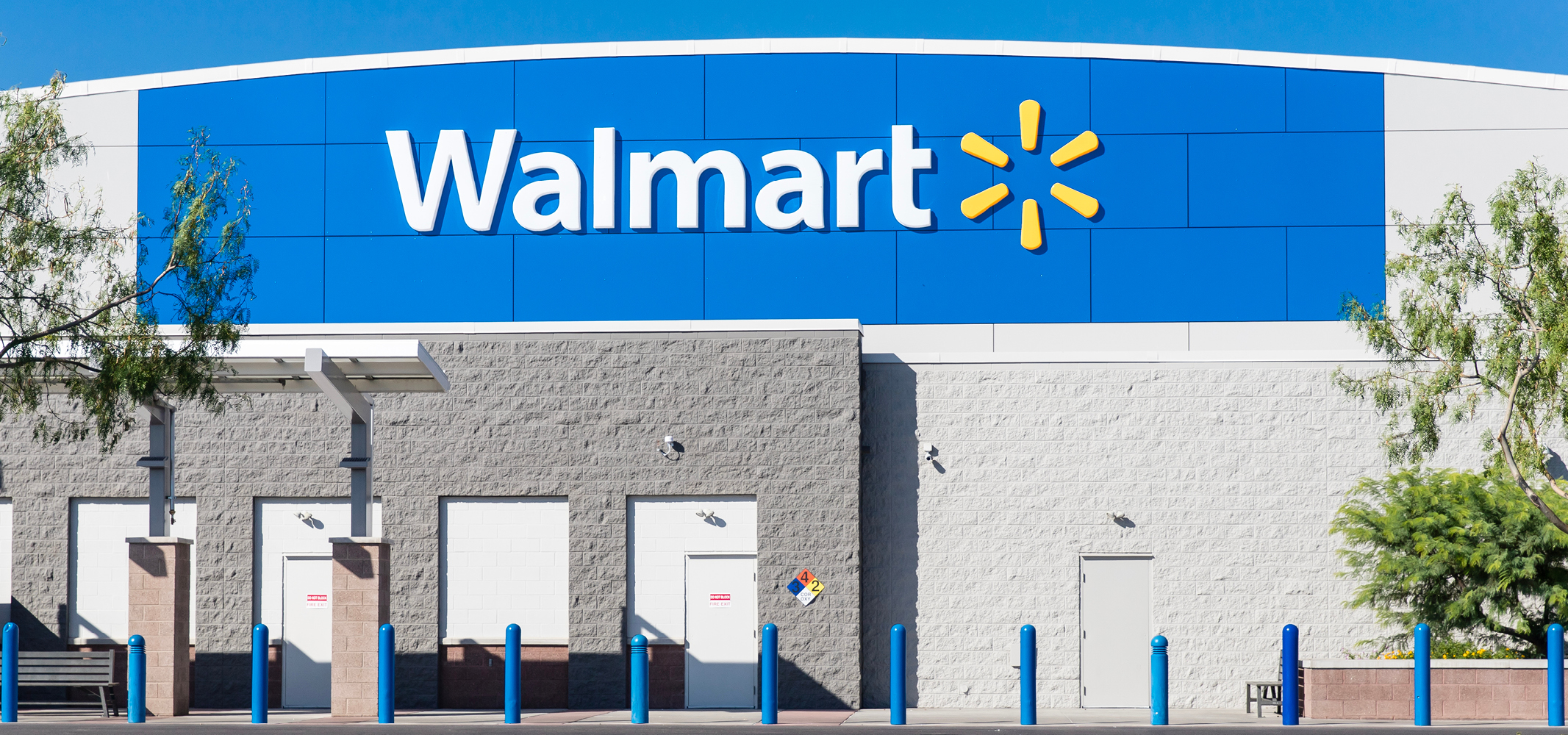Mining of crypto currencies can be associated with problems or dangers, often of a technical nature. One of the best known risks is the 51% attack.
To understand the 51% attack, it is helpful to know what the Bitcoin infrastructure looks like: It consists of elements like miners, user interfaces, nodes and users with wallets. The crypto-currency network works mainly via the nodes, which on the one hand manage transactions and on the other hand guarantee that they are based on the basic rules.
Miners, on the other hand, have the task of grouping transactions into blocks and integrating these into the block chain. The basis for the so-called 51% attack is that potential attackers account for more than 50%, i.e. at least 51%, of all miners.
How does the 51% attack work?
First of all, the so-called 51% attack is not unrealistic at all, which becomes clear when you consider that the four large mining pools alone account for more than 50% of the total blocks.
If these respective mining pools would join together, it would be possible to always get your own block chain through and thus carry out a 51% attack. This could, for example, lead to the wrong blocks being fed in.
What options would attackers have with a 51% attack?
If control over the block chain is actually achieved, attackers could carry out so-called double spending transactions. This would mean that transactions would be reversed, which would then be transferred to another location. The Bitcoin Mining system would be severely disrupted, as attackers would be able to refuse to confirm transactions.










Leave A Comment
You must be logged in to post a comment.